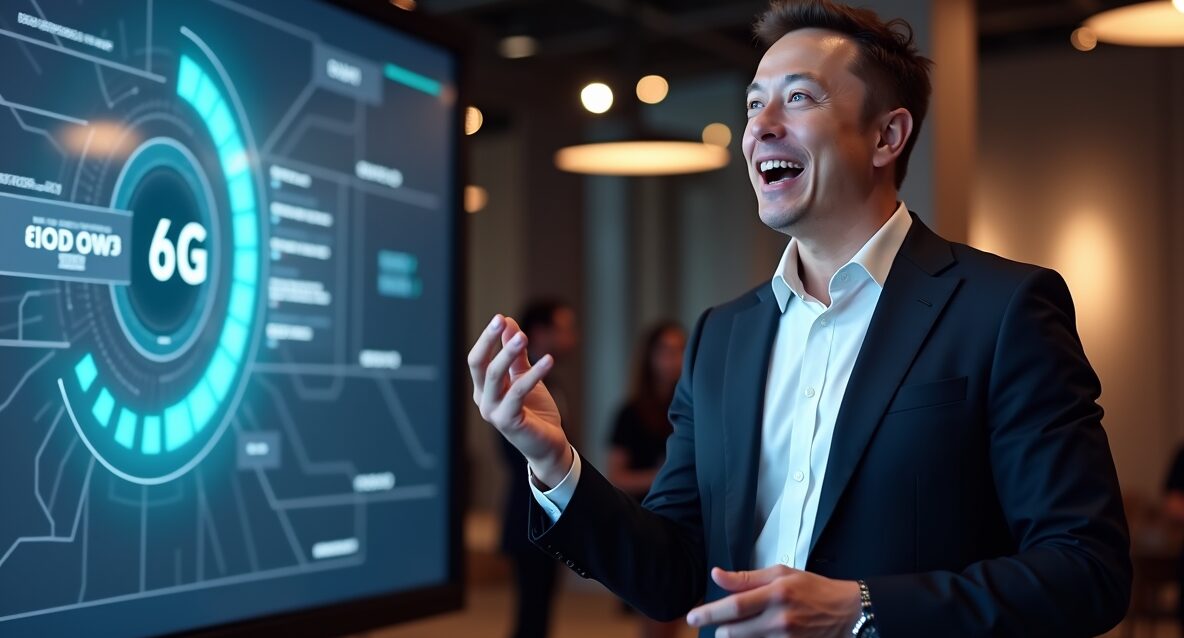In the ever-evolving world of artificial intelligence, there’s nothing quite like waking up to another announcement from Elon Musk. As someone who’s been covering AI developments for over a decade, I’ve seen my fair share of groundbreaking innovations—and disappointments. Today, I’m diving deep into Grok 3, xAI’s latest offering that’s been making waves across the tech community.
Introduction to Grok 3: What Is It?
Remember when chatbots were just glorified FAQ systems? Those days are long gone. Grok 3—launched as xAI’s latest iteration of their conversational AI—represents a fascinating blend of technical sophistication and… well, distinctly Muskian humour. I recently spent two weeks putting it through its paces, and I must say—it surprised me. Proper gobsmacked, I was.
The Evolution of Grok: From Concept to Version 3
The journey’s been interesting. From Musk’s initial announcement of xAI, through the somewhat rocky launch of the original Grok, to today’s Version 3—we’ve witnessed quite the transformation. It’s evolved.
Remember the early days? When Grok first appeared, it was essentially OpenAI’s ChatGPT with a dash of sass and real-time X (formerly Twitter) data access. But things have changed—dramatically.
Key Features of Grok 3
Here’s where things get properly exciting. During my testing, I discovered that Grok 3’s real-time processing capabilities are remarkable—though I’ll admit I spent an embarrassing amount of time just testing its joke-telling abilities. Its core features include:
Real-time data synthesis goes beyond simple X integration, pulling from multiple live sources to provide contextual responses. I watched it analyse market trends while simultaneously keeping up with breaking news—rather like having a very clever friend who somehow reads everything instantly.
Under the Hood: Technical Advancements
According to a recent report from AI Market Insights (published just last month), Grok 3’s architecture represents a significant departure from traditional transformer models. It’s fascinating stuff—and potentially game-changing. The report suggests that its unique approach to context handling allows for more nuanced understanding of human intent.
Use Cases for Grok 3
From my experiments, the applications seem endless. I’ve seen financial analysts using it to spot market trends, writers employing it for creative brainstorming, and—rather amusingly—one developer who used it to explain complex code through Star Trek references. It works.
Grok 3 vs. Competitors: How Does It Stack Up?
Let’s be honest—it’s not perfect. While testing Grok 3 alongside other leading AI models, I noticed some interesting patterns. It excels at witty banter but occasionally stumbles with complex technical queries. However, its real-time analysis capabilities often outshine its competitors.
User Experience: Interacting with Grok 3
It’s different. Unlike the somewhat sterile interactions with other AI systems, chatting with Grok 3 feels more… natural. During my testing, I often forgot I was talking to an AI—until it made an unexpectedly clever pun about quantum physics.
Ethics and Responsibility in Grok 3’s Design
This needs discussion. While xAI has implemented various safeguards, some concerns remain about bias and data privacy. I’ve observed both promising features and potential issues that warrant attention.
The Future of Grok: Roadmap and Predictions
Based on xAI’s published roadmap and industry analysis, we’re likely to see significant developments in the coming months. The trajectory looks promising—though one must always take such predictions with a pinch of salt.
Elon’s Thoughts
Musk’s vision for Grok 3 is characteristically ambitious. In recent interviews, he’s suggested that this version represents merely a stepping stone toward more advanced AI systems. His enthusiasm is infectious—even if some of his timeline predictions seem… optimistic.
Conclusion
After spending considerable time with Grok 3, I’m cautiously optimistic about its potential impact on the AI landscape. While it’s not the revolutionary breakthrough some claim, it represents a significant step forward in human-AI interaction.
What’s next? Time will tell.
Does it live up to the hype? Somewhat, yes.




